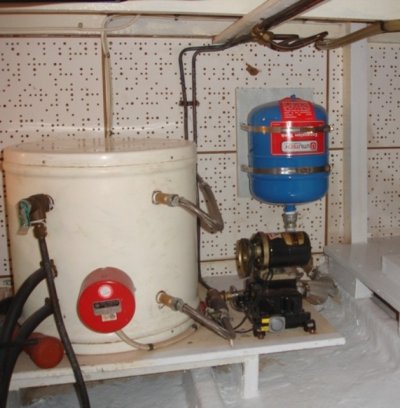Slowboat 37
Senior Member
- Joined
- Aug 29, 2010
- Messages
- 191
*
Over the past year we have an increased rattle in the pipes when running any of the faucets. We use the galley the most and it sounds like someone is using a small jack hammer on the hull. When we turn the water off I can hear the pipes rattle from the salon to the aft cabin. Does this sound familiar to anyone? I also installed a new pump several months ago. Has anyone replaced the copper lines with reenforced tubing? if so how did you complete the connections. Our boat is a 1979 Hershine 37. Thanks for any help you can offer. Steve
Over the past year we have an increased rattle in the pipes when running any of the faucets. We use the galley the most and it sounds like someone is using a small jack hammer on the hull. When we turn the water off I can hear the pipes rattle from the salon to the aft cabin. Does this sound familiar to anyone? I also installed a new pump several months ago. Has anyone replaced the copper lines with reenforced tubing? if so how did you complete the connections. Our boat is a 1979 Hershine 37. Thanks for any help you can offer. Steve

